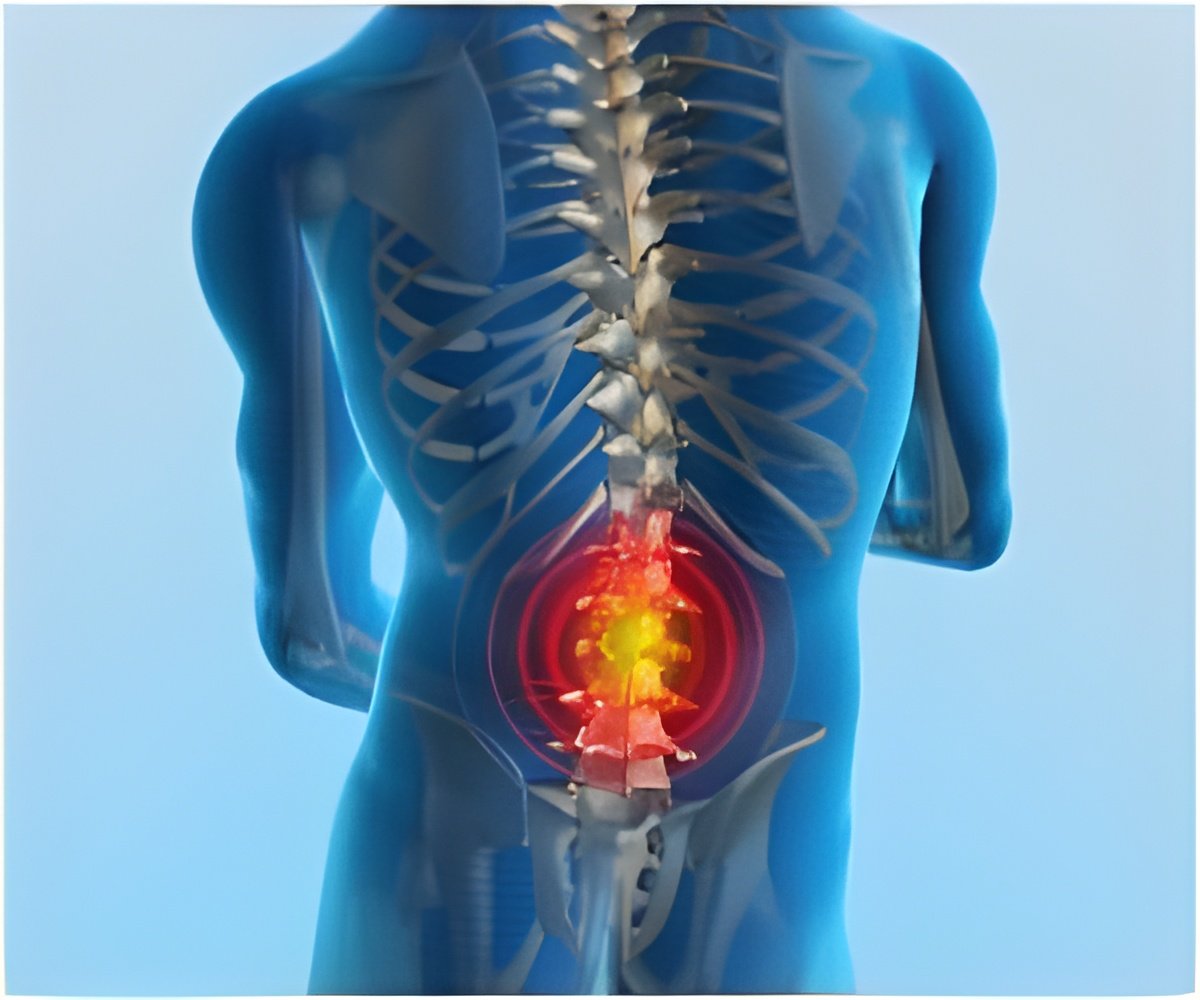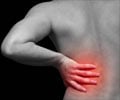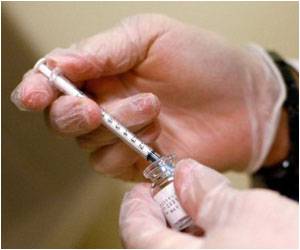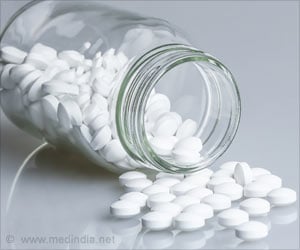Drugs called nonsteroidal antinflamatory drugs (NSAIDs) block an enzyme called COX-2 to relieve pain and inflammation.

In a report published this week in the online edition of the Proceedings of the National Academy of Sciences, Lihong Chen, MD, PhD, a postdoctoral fellow in the lab of senior author Garret FitzGerald, MD, FRS, director of the Institute for Translational Medicine and Therapeutics, found that deleting mPGES-1 in macrophages markedly slows the rate at which arteries harden in mice with high levels of cholesterol. This results from a reduction in the oxidative damage done to the vessel wall due to a shift in the genes expressed because of the suppression of PGE2, a cardioprotective fat. By contrast, deletion of mPGES-1 in vascular cells had no effect.
Chen and FitzGerald are currently working on ways to deliver inhibitors of mPGES-1 selectively to the macrophages, immune system cells that live primarily in connective tissue and blood and ingest foreign particles and infectious microbes.
"While deletion or inhibition of COX-2 in mice elevates their blood pressure and predisposes them to clotting and hardening of the arteries due to suppressing the cardioprotective lipid prostacyclin, deleting mPGES-1 avoids these effects and even restrains the development of atherosclerosis," explains FitzGerald.
"Taken together these studies add more evidence that targeting the enzyme mPEGS-1 could result in a new class of nonsteroidal anti-inflammatory drugs that steer clear of heart-disease risk and even work to reduce it," says Chen.
In earlier studies, Chen showed a similarly beneficial effect of targeting macrophages in limiting the response to vascular injury of unwanted cell proliferation, such as might complicate angioplasty in humans. "Both sets of studies afford a rationale for targeted inhibition of macrophage mPGES-1 for cardiovascular benefit" says FitzGerald.
Indeed, in other ongoing studies in the FitzGerald lab, Chen has shown that macrophage mPGES-1 plays a dominant role in mediating the pain caused by PGE2. "What is exciting here," says Chen, "is the prospect of retaining the benefit of NSAIDs while substituting cardiovascular benefit for risk."
Advertisement
The problems with COX-2 inhibitors have prompted the search for alternative drug targets that suppress pain and inflammation yet are safe for the cardiovascular system. This is where mPGES-1 comes in - it converts PGH2 (a chemical product of COX-2) into PGE2.
Advertisement
Gangrui Yang, James Monslow, Leslie Todd, David Peter Cormode, Gregory Robert Grant, Jonathan Howard DeLong, Soon Yew Tang, John A. Lawson, and Ellen Pure, all from Penn, are co-authors. Jun Tang is from the Icahn School of Medicine at Mount Sinai.
This research was supported by a grant (HL062250) from the National Institutes of Health.
Penn Medicine is one of the world's leading academic medical centers, dedicated to the related missions of medical education, biomedical research, and excellence in patient care. Penn Medicine consists of the Raymond and Ruth Perelman School of Medicine at the University of Pennsylvania (founded in 1765 as the nation's first medical school) and the University of Pennsylvania Health System, which together form a $4.3 billion enterprise.
The Perelman School of Medicine has been ranked among the top five medical schools in the United States for the past 17 years, according to U.S. News & World Report's survey of research-oriented medical schools. The School is consistently among the nation's top recipients of funding from the National Institutes of Health, with $392 million awarded in the 2013 fiscal year.
The University of Pennsylvania Health System's patient care facilities include: The Hospital of the University of Pennsylvania -- recognized as one of the nation's top "Honor Roll" hospitals by U.S. News & World Report; Penn Presbyterian Medical Center; Chester County Hospital; Penn Wissahickon Hospice; and Pennsylvania Hospital -- the nation's first hospital, founded in 1751. Additional affiliated inpatient care facilities and services throughout the Philadelphia region include Chestnut Hill Hospital and Good Shepherd Penn Partners, a partnership between Good Shepherd Rehabilitation Network and Penn Medicine.
Penn Medicine is committed to improving lives and health through a variety of community-based programs and activities. In fiscal year 2013, Penn Medicine provided $814 million to benefit our community.
Source-Newswise










